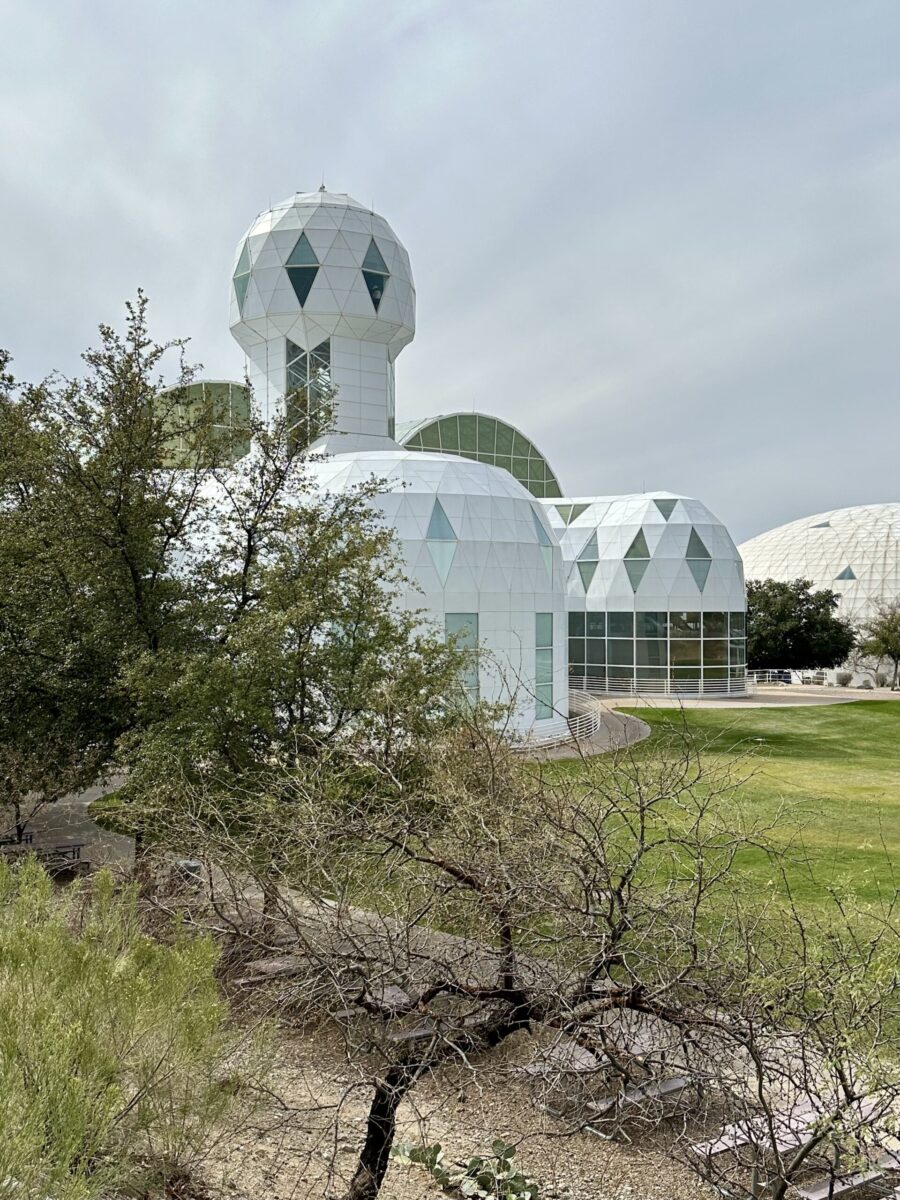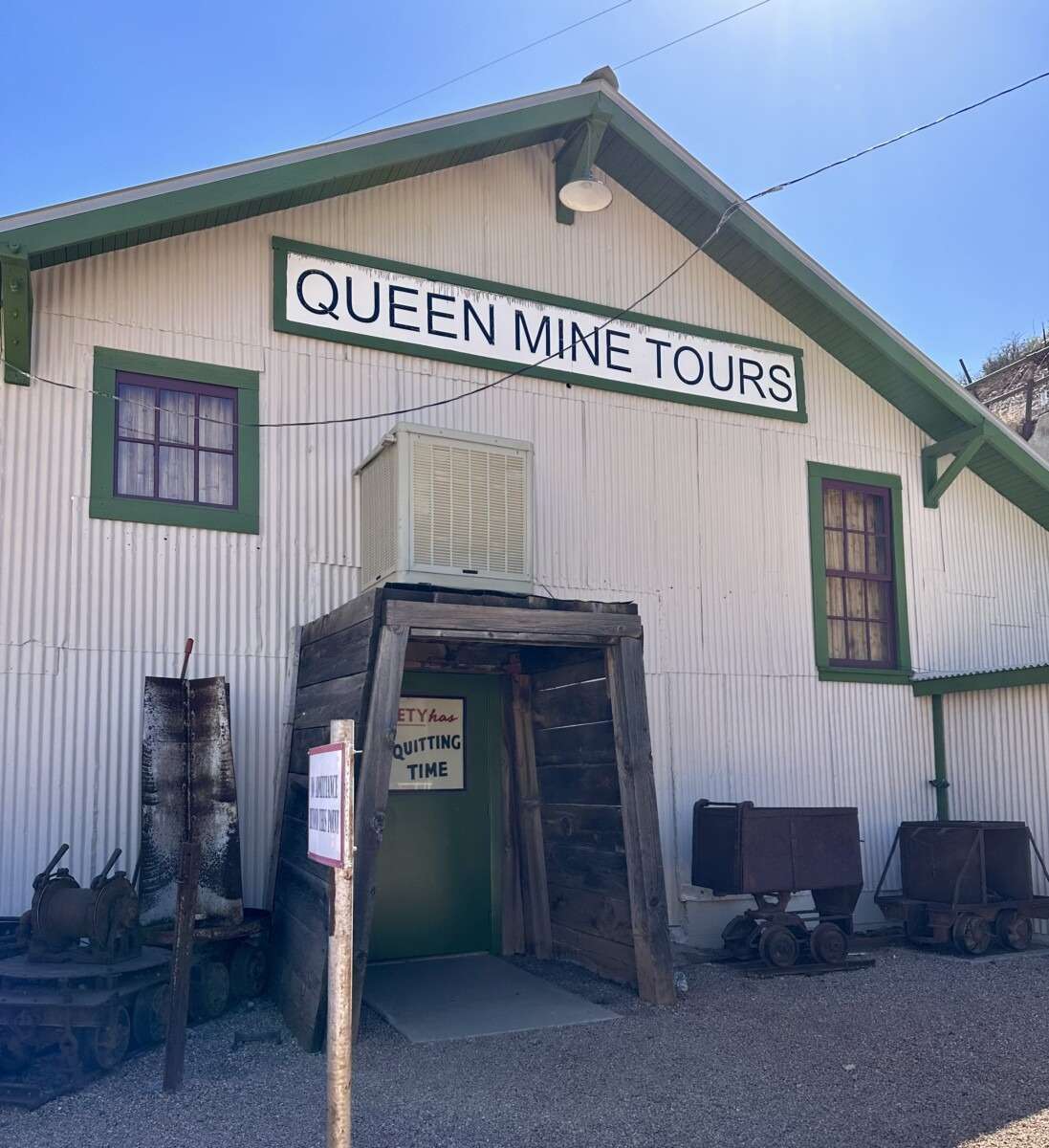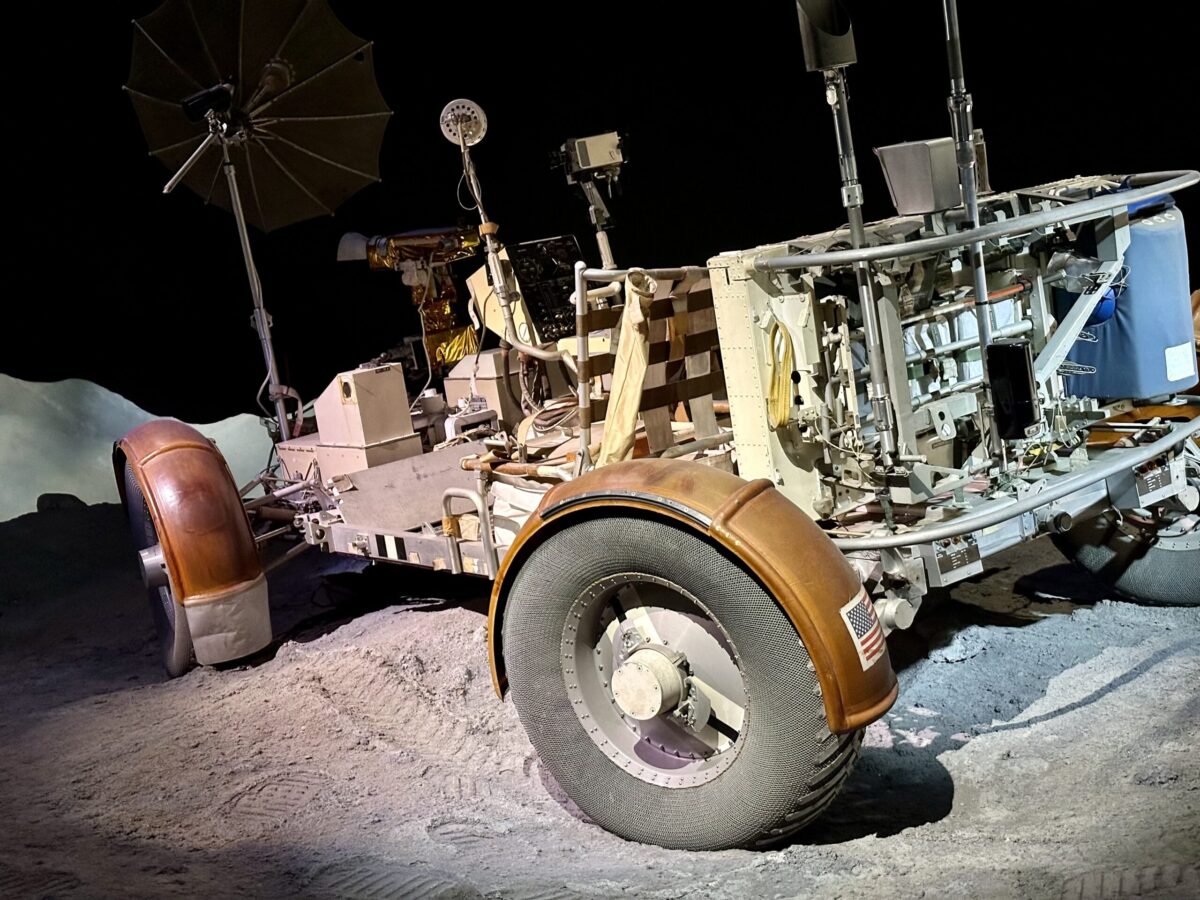About 30 minutes west of Washington, DC, is the Manassas National Battlefield Park. The National Park Service (NPS) says this is, “Where Southern victories tested Northern resolve”.

This site is the scene of two major Civil War battles, this peaceful Virginia countryside witnessed clashes between the armies of the North and South in 1861 and 1862.





Near the side of the farmhouse a memorial was built by Union soldiers to honor the fallen soldiers. The Bull Run monument took nearly three weeks to construct. It was one of the of their final acts before discharge. It remains one of the oldest monuments on any Civil War battlefield.



On the other side of the farmhouse lie several graves. One of the casualties of the artillery fire was Judith Carter Henry, an 85-year-old widow and invalid, who was unable to leave her bedroom in the Henry House. According to the NPS, “Unaware of civilians inside the home, Federal artillery fired on the dwelling to drive away Confederate sharpshooters. The cannon fire creased through the house, mortally wounding the widow Henry, the battle’s only known civilian fatality.”

“Colonel Francis S. Bartow was killed near here while leading the 7th Georgia Infantry in a counterattack. An ardent defender of slavery and states’ rights, the Georgia politician was placed in command of a brigade of state troops shortly before the battle. His death at First Manassas rendered him one of the South’s earliest military martyrs.” – NPS

Two more monuments of note – General Barnard Elliott Bee and General Thomas “Stonewall” Jackson. General Bee of South Carolina was killed here. Shortly before his death he urged his troops to get back into form/battle by saying, “Form, Form, There stands Jackson like a stone wall. Rally behind the Virginians.”


The movie shown at the Visitor Center does a great job of explaining the two battles and what happened here at Manassas. It is well worth seeing.
About 45 minutes west of Manassas is the north entrance to Shenandoah National Park at the town of Front Royal. Shenandoah encompasses part of the Blue Ridge Mountains in Virginia. This park is long and narrow, with the broad Shenandoah River and Valley on the west side, and the rolling hills of the Virginia Piedmont region on the east.




Skyline Drive, a scenic roadway, run along the crest of the Blue Ridge mountains for 105 miles (169 km). “Skyline Drive is a narrow mountain road with beautiful vistas and wildflowers along the shoulders. Wild animals frequent the Drive’s shoulders and may dart across the road, so observe the 35-mile-per-hour speed limit for their safety and yours.” – NPS




Charlottesville is home to Monticello which was the primary plantation of Thomas Jefferson, the third President of the United States, who began designing Monticello after inheriting land from his father at age 26.


Monticello sits up on a hill. To visit the home you need to stop by the visitor center to buy a tour ticket. A shuttle will take you up to the home.

Monticello is also found on the back of the two dollar note…something I’ve hadn’t noticed before.






Yes, another historical state and one of the first 13 colonies in the USA! Thank you for those photos!
Thanks for taking us along. Wonderful views and superb narration. Kudos and love to the TT.
Thanks Jerry!